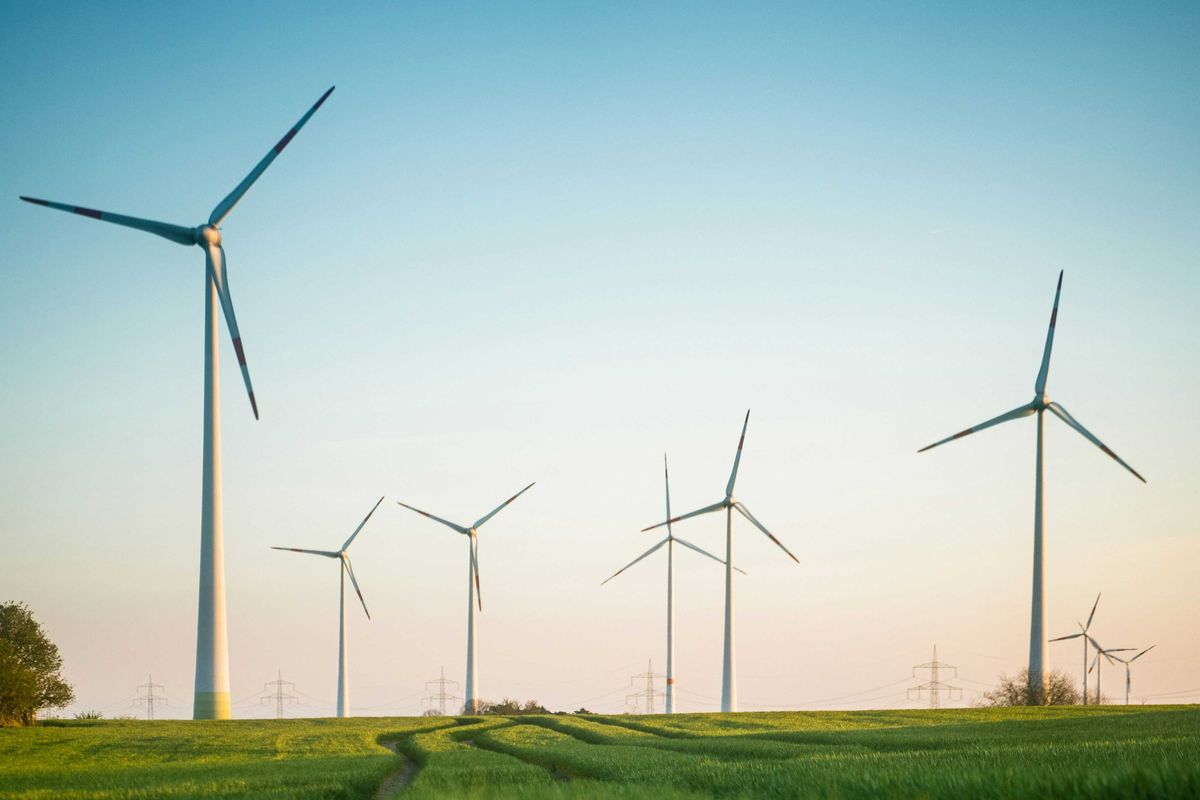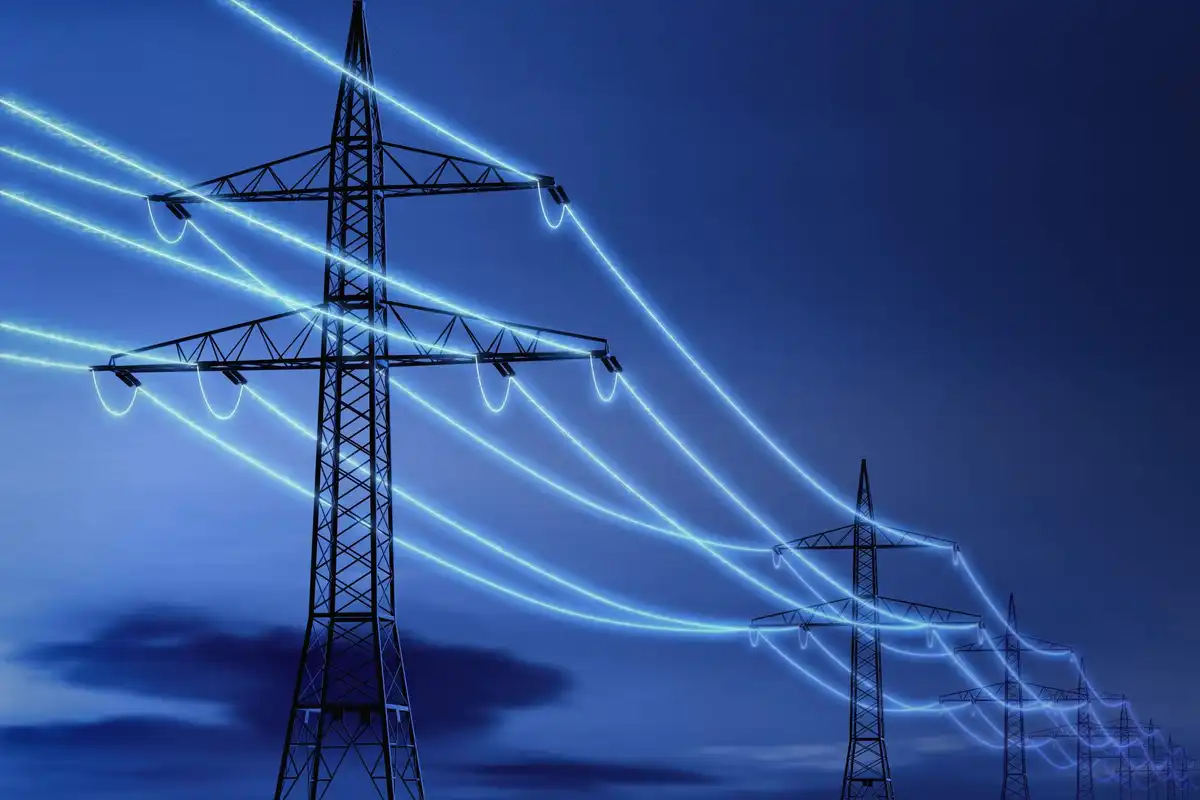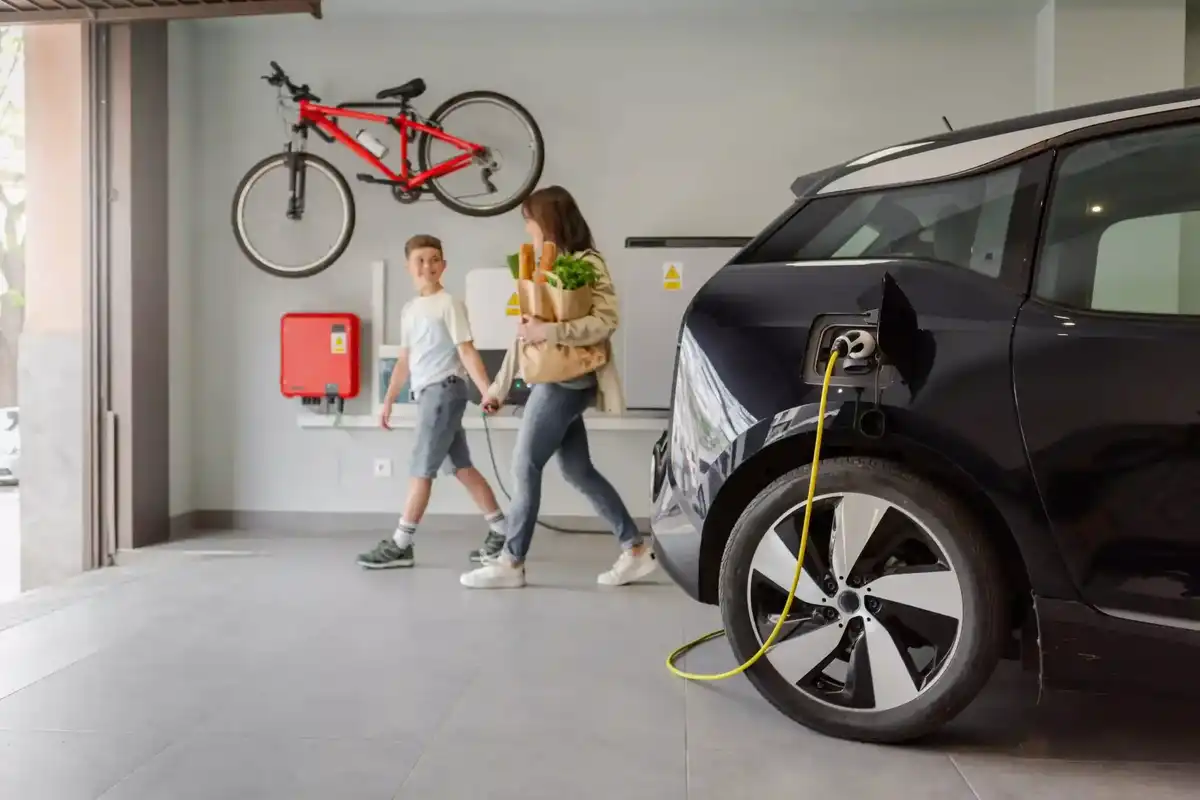Houston energy leaders form new coalition to improve Texas power grid
grid tech
A Houston-based coalition that launched this month aims to educate Texas officials about technology designed to shore up the state’s power grid.
The public-private Texas Reliability Coalition says it will promote utility-scale microgrid technology geared toward strengthening the resilience and reliability of the Texas power grid, particularly during extreme weather.
A utility-operated microgrid is a group of interconnected power loads and distributed energy sources that can operate in tandem with or apart from regular power grids, such as the grid run by the Electric Reliability Council of Texas (ERCOT). Legislation passed in 2023 enables the use of utility-scale microgrid technology in Texas’ deregulated energy market, according to the coalition.
John Elder, executive director of the coalition, says that with the legal framework now in place, the Public Utility Commission of Texas and ERCOT need to create rules to establish the Texas marketplace for microgrid technology. The goal, he says, is to “take the Texas grid from good to great” by installing microgrid technology, improving the infrastructure, and strengthening the system — all targeted toward meeting power needs during extreme weather and amid growing demand.
Houston-based CenterPoint Energy will test the utility-scale microgrid technology being promoted by the coalition. In a January 31 filing with the Public Utility Commission, CenterPoint says microgrid technology will be featured in a $36.5 million pilot program that’ll set up an estimated three to five microgrids in the company’s service area. The pilot program is slated to last from 2026 to 2028.
In the public affairs arena, five Houston executives are leading the new reliability commission’s microgrid initiative.
Elder, one of the coalition’s founding members, is president and CEO of Houston-based Acclaim Energy. Other founders include Ember Real Estate Investment & Development, Park Eight Development, and PowerSecure. Ember and Park Eight are based in Houston. Durham, North Carolina-based PowerSecure, which produces microgrid technology, is a subsidiary of energy provider Southern Co.
Aside from Elder, members of the coalition’s board are:
- Stewart Black, board secretary of the coalition and vice president of Acclaim Energy’s midstream division
- Todd Burrer, president of municipal utility districts at Inframark.
- Harry Masterson, managing principal of Ember
- Martin Narendorf, former vice president at CenterPoint Energy.
- $360M DOE grant to fund project that will connect ERCOT to US power grid ›
- Houston company names new tech partner on projects aimed at increasing grid reliability ›
- Being prepared: Has the Texas grid been adequately winterized? ›
- Texas solar and battery growth led the country in 2024 - Energy Capital ›








 Air Liquide and Hyundai agreed to expand hydrogen refuelling networks, storage capacity and more at a meeting in Seoul last week. Photo courtesy Air Liquide.
Air Liquide and Hyundai agreed to expand hydrogen refuelling networks, storage capacity and more at a meeting in Seoul last week. Photo courtesy Air Liquide.
